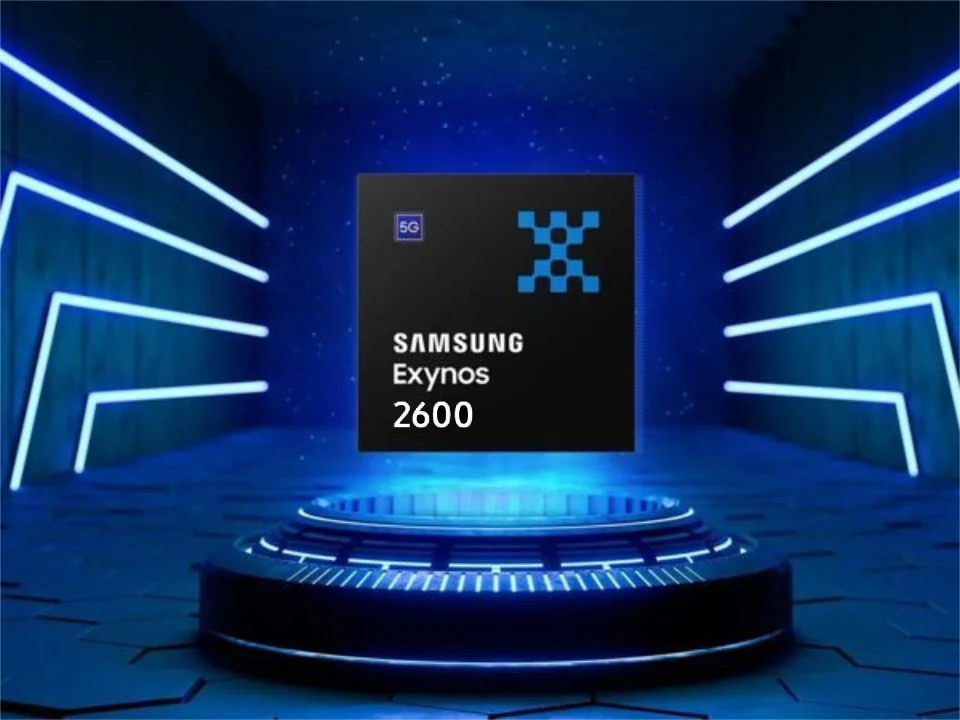Key Takeaways
1. New high-end chips, Qualcomm’s Snapdragon 8 Elite 2 and MediaTek’s Dimensity 9500, may lead to higher smartphone prices this year.
2. These chips will offer AI computing capabilities that are twice as powerful as their predecessors.
3. Smartphone manufacturers are considering models with 24GB of RAM and 1TB of storage to meet increased AI demands.
4. Premium smartphone models are making a comeback, despite previous trends of moving away from higher memory options.
5. Benchmark scores reveal the Snapdragon 8 Elite 2 and Dimensity 9500 have impressive performance, with both exceeding 11,000 in multi-core tests.
Smartphones using Qualcomm’s Snapdragon 8 Elite 2 and MediaTek’s Dimensity 9500 could have higher prices this year. A leak from the tipster Digital Chat Station suggests that these new high-end chips will provide AI computing capabilities that are twice as powerful as those of their predecessors. Consequently, the tipster indicates that smartphone makers are contemplating offering devices with 24GB of RAM and 1TB of storage to accommodate the greater AI demands.
Android Flagships to Feature 24GB of RAM
Just a year back, many brands stepped away from releasing 24GB models due to the rising costs of memory. The brief trend towards larger memory in smartphones lost steam as prices increased and general demand remained low. This left the market to settle around 12GB and 16GB of RAM as the usual maximum options. However, the competitive landscape for AI hardware could change these priorities. The Snapdragon 8 Elite 2 is said to provide up to 100 TOPS (trillion operations per second) of AI performance, and similar capabilities are anticipated from the Dimensity 9500.
Premium Models are Making a Comeback
Because of this, DCS asserts that the top five smartphone manufacturers are getting ready to bring back premium models with 24GB + 1TB configurations. Nevertheless, the rise in memory specs may also mean an increase in smartphone prices. Although the tipster does not directly mention any specific pricing, an increase in memory specifications will likely result in higher costs for smartphones.
Benchmark Scores Reveal Chip Power
In related developments, leaked Geekbench 6 scores provide an early indication of just how powerful these chips could be. The Snapdragon 8 Elite 2 reportedly achieves over 4,000 points in single-core tests and exceeds 11,000 in multi-core performance. On the other hand, MediaTek’s Dimensity 9500 is not lagging behind, scoring over 3,900 in single-core tests and also surpassing 11,000 in multi-core benchmarks.
Source:
Link















